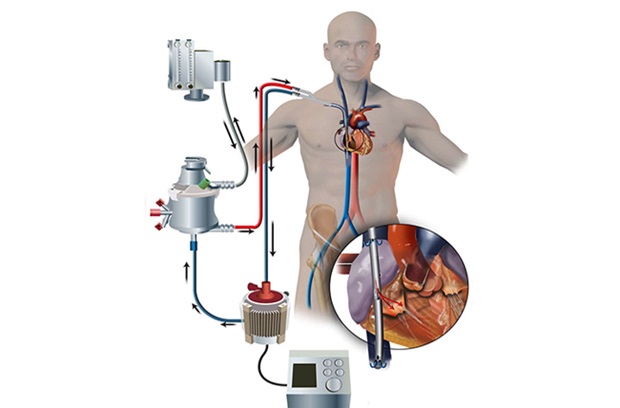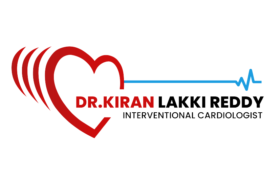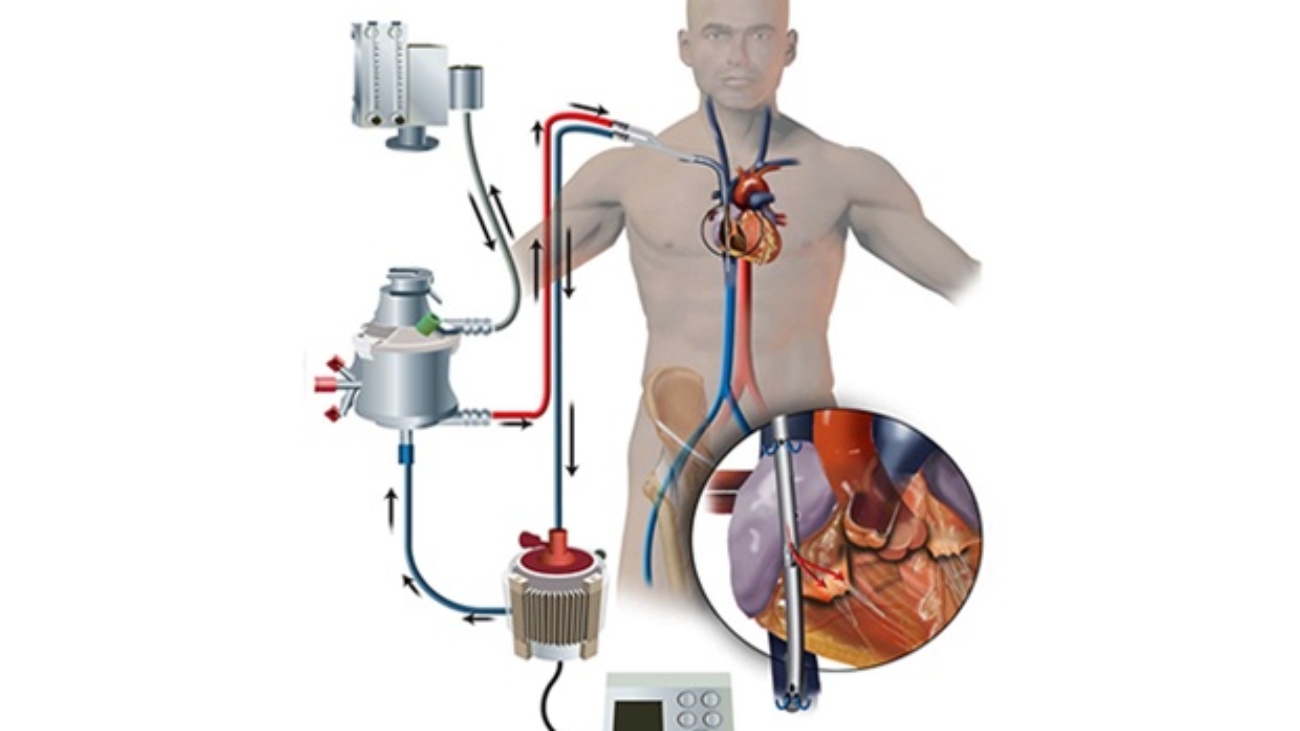
ECMO (Extracorporeal Membrane Oxygenation): Life Support for Severe Heart and Lung Failure
ECMO, or Extracorporeal Membrane Oxygenation, is a life support system used to provide temporary cardiac and respiratory support for individuals with severe heart and/or lung failure. This technology temporarily takes over the functions of the heart and lungs, allowing these organs to rest, heal, and recover.
How ECMO Works:
- Cannulation: The procedure begins by inserting two tubes called cannulas into large blood vessels, usually through the groin area. One cannula draws blood from the patient, and the other returns oxygenated blood from the ECMO machine to the body.
- Blood Flow and Oxygenation: Blood is pumped from the body into the ECMO machine, where it passes through a special membrane that oxygenates the blood and removes carbon dioxide. The oxygenated blood is then returned to the body, ensuring vital organs receive proper oxygenation.
- Monitoring and Adjustment: The ECMO machine constantly monitors the blood flow, oxygen levels, and other parameters to ensure that the heart and lungs are receiving optimal support.
Types of ECMO Configurations:
- Venoarterial ECMO (VA-ECMO): In this configuration, blood is drawn from a vein and returned to an artery, providing both cardiac and respiratory support. It is used for individuals with severe cardiac failure, respiratory failure, or a combination of both.
- Venovenous ECMO (VV-ECMO): This configuration is used when blood is withdrawn from and returned to veins. VV-ECMO primarily provides respiratory support for patients with severe lung failure, giving the lungs time to rest and heal.
Key Benefits of ECMO:
- Provides life-saving support when other treatments have failed.
- Supports heart and/or lung function, allowing recovery time for the organs.
- Short-term therapy, is typically used for a few days to weeks, depending on the patient’s condition.
Risks and Complications:
While ECMO can be life-saving, it carries potential risks, including:
- Bleeding
- Infection
- Clotting
- Organ injury
- Cannulation site issues
Careful monitoring and management by a highly skilled healthcare team, including perfusionists, critical care physicians, cardiothoracic surgeons, and specialized nurses, is essential for patient safety.
Conclusion:
ECMO serves as a bridge to recovery, allowing the heart and lungs to heal, or as a temporary solution until more definitive interventions, such as heart transplantation or lung transplantation, can be performed. The decision to initiate, maintain, or discontinue ECMO support is made based on the patient’s condition, recovery potential, and response to treatment.
Consult Dr. Lakkireddy Kiran Kumar Reddy, an interventional cardiologist at Onus Heart Institute, for expert guidance on ECMO as a treatment option for severe heart and lung failure.


